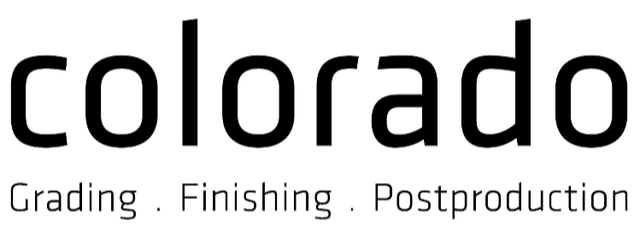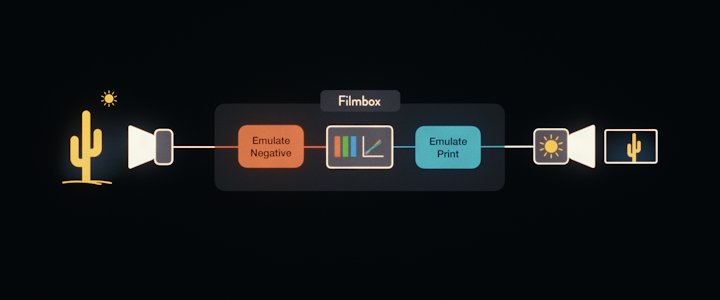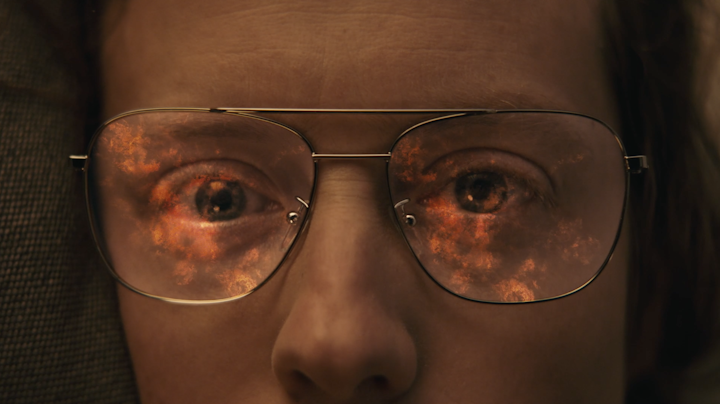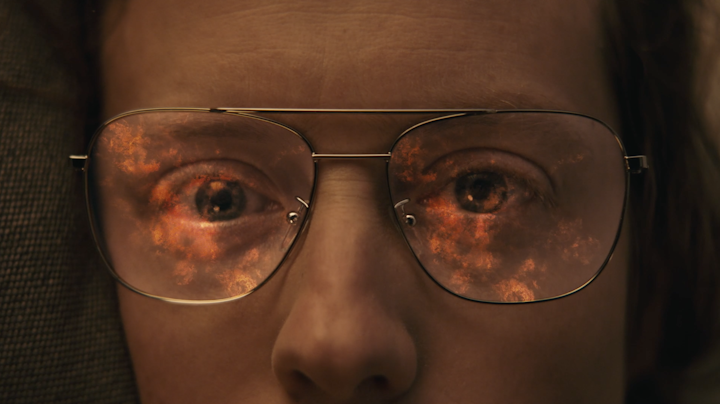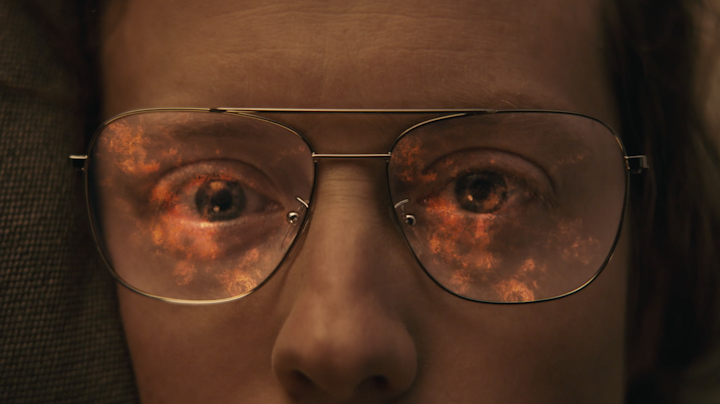Filmbox: Redefining Digital Film Emulation for the Modern Workflow
In today’s digital cinema landscape, where endless flexibility can sometimes lead to creative ambiguity, Filmbox offers something refreshingly focused: a defined, film-like imaging system that brings intentionality back into digital workflows.
Developed by the minds at Video Village, Filmbox isn’t just another film emulation LUT. It’s a format-level approach to digital cinematography one that reintroduces the deterministic characteristics of photochemical imaging into digital production pipelines.
The Problem with Digital Imaging
Traditional photochemical film systems like Kodak’s Vision 3 offered a complete, self-contained imaging pipeline. The “look” of the film was embedded in the system itself fixed, predictable, and honed by decades of R&D. Every creative decision on set was made in relation to this known aesthetic response.
In contrast, digital cameras capture raw light values without a predefined look. This gives filmmakers incredible freedom, but also introduces complexity and subjectivity in how that image data is ultimately rendered on screen. Often, crucial aesthetic decisions are deferred to postproduction—sometimes long after principal photography creating disconnects between the DP’s intent and the final image.
What Filmbox Brings to the Table
Filmbox addresses this by acting not just as a film "look," but as a full imaging system that mirrors the structure and behavior of photochemical film:
- Defined response to light that feels familiar to DPs and colorists trained in film.
- Simple, controllable parameters (akin to choosing a film stock or adjusting processing).
- Spatial, temporal, and photometric fidelity that closely mimics real film behavior.
- Cross-platform support, including DaVinci Resolve and Baselight.
This transforms Filmbox from a grading tool into a cinematic format something you can test, tune, and rely on throughout the production process.
A Format, Not Just a LUT
The brilliance of Filmbox lies in its practical philosophy. It encourages filmmakers to:
- Monitor with it on set, so the creative team can make decisions in context.
- Use it in dailies, maintaining visual consistency early on.
- Grade with it intentionally, shaping its parameters rather than applying generic looks.
In essence, Filmbox invites DPs and directors to treat the imaging process as part of their toolkit not as something to be “fixed” later. It bridges the gap between acquisition and delivery in a way that’s reminiscent of working with film, yet optimized for today’s digital pipeline.
Getting Started with Filmbox
The best part? Filmbox Lite is free, and so is DaVinci Resolve. That means anyone—from indie filmmakers to major studios can begin exploring this powerful format today. Whether you’re aiming for that elusive “film look,” or simply want a more cohesive, controllable workflow, Filmbox is a compelling new tool worth testing.
🔗 Explore Filmbox
🎞️ Supported on macOS (Intel & Apple Silicon), DaVinci Resolve, and Baselight
💡 Windows & Linux support available with NVIDIA GPUs
At Colorado Media, we’re actively testing Filmbox in real-world workflows and are excited about what it brings to both set and suite. If you’re exploring new ways to bring more consistency and character into your digital productions, let’s talk about how Filmbox can fit into your workflow.
